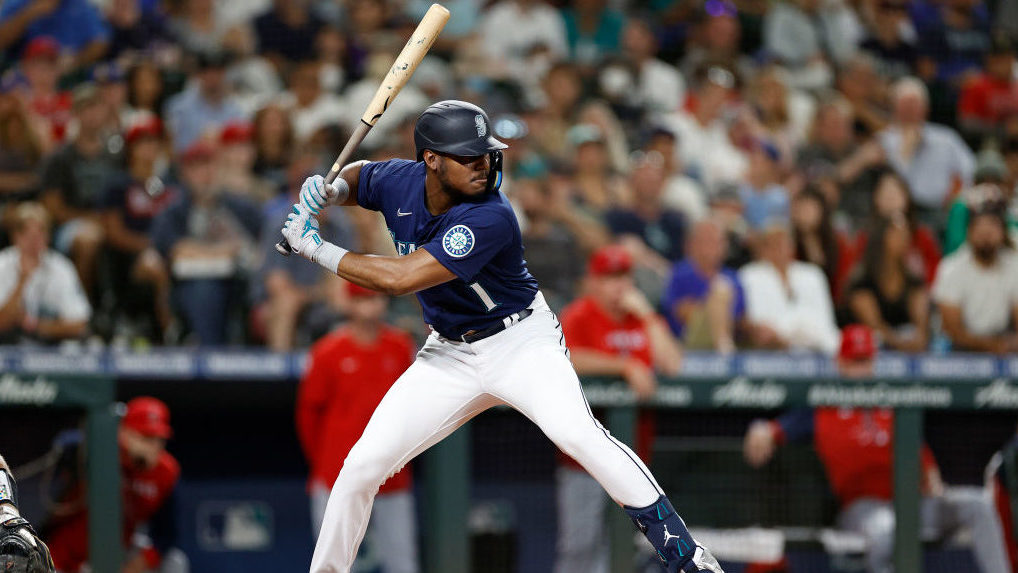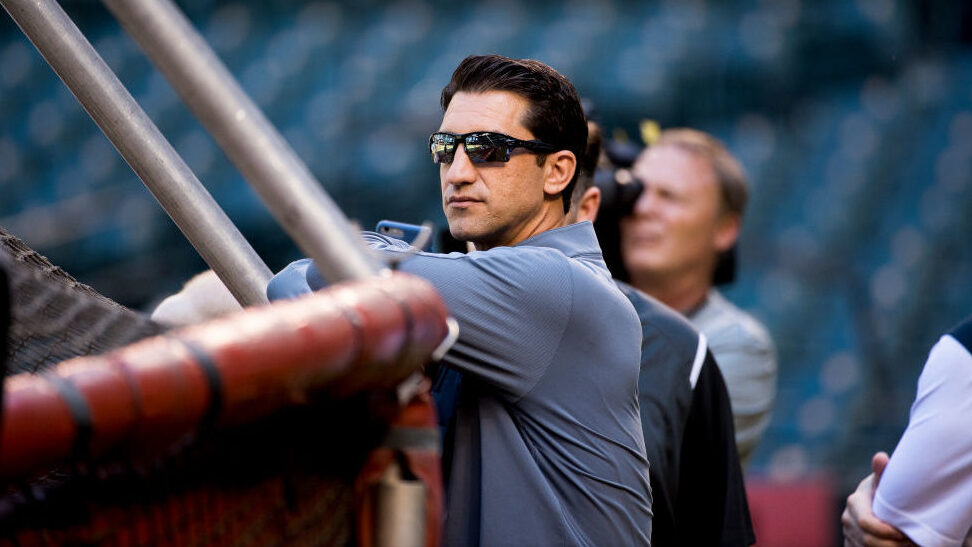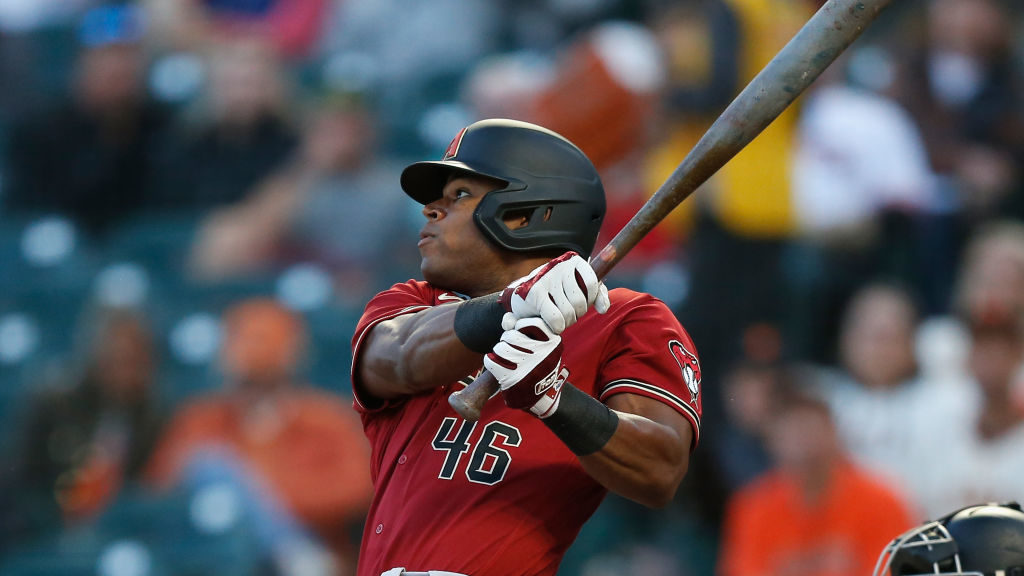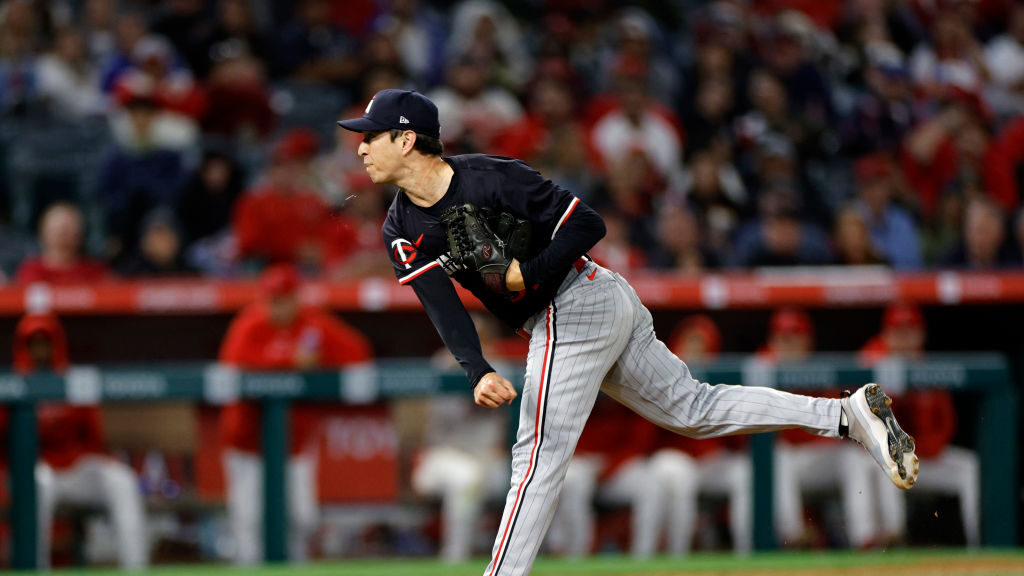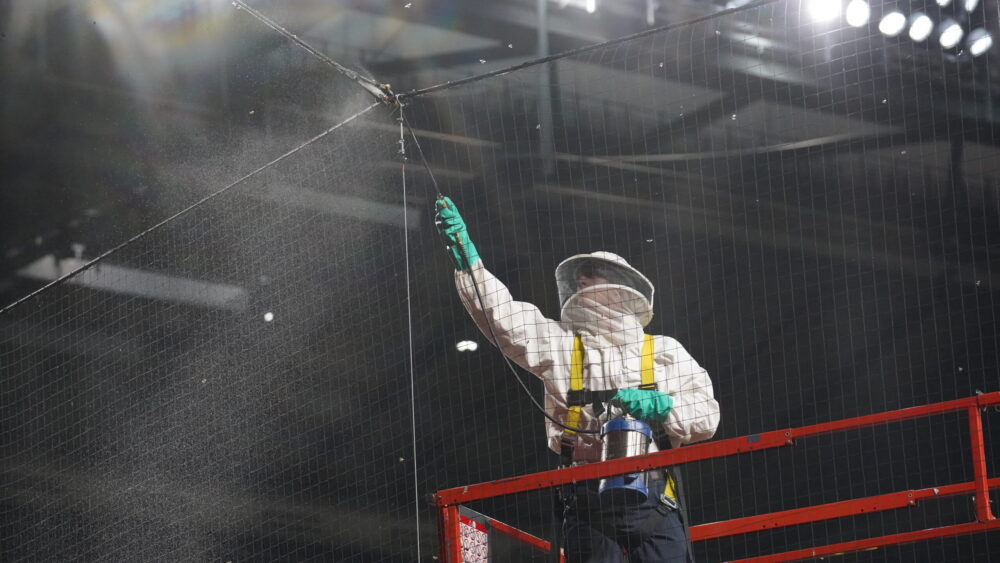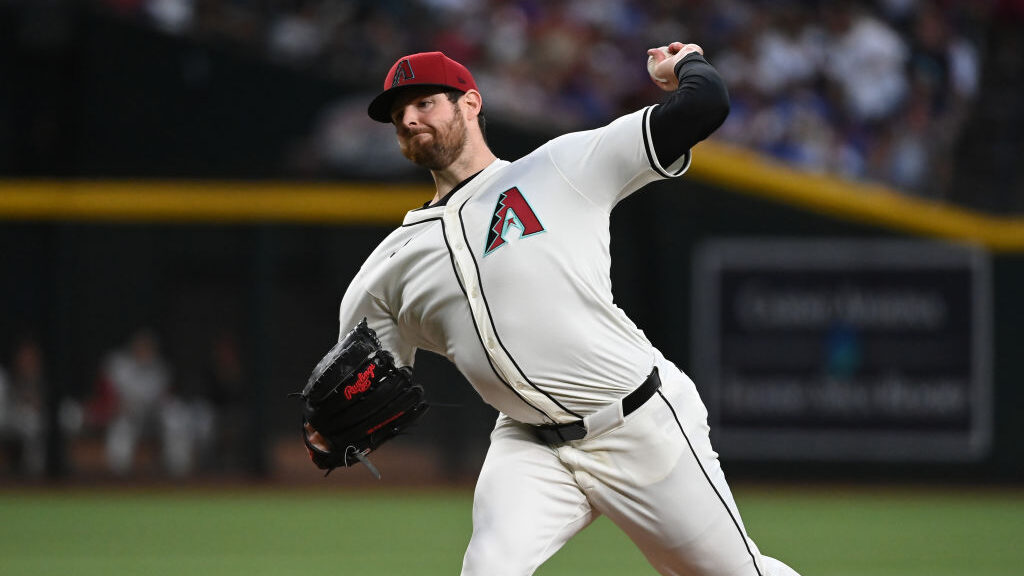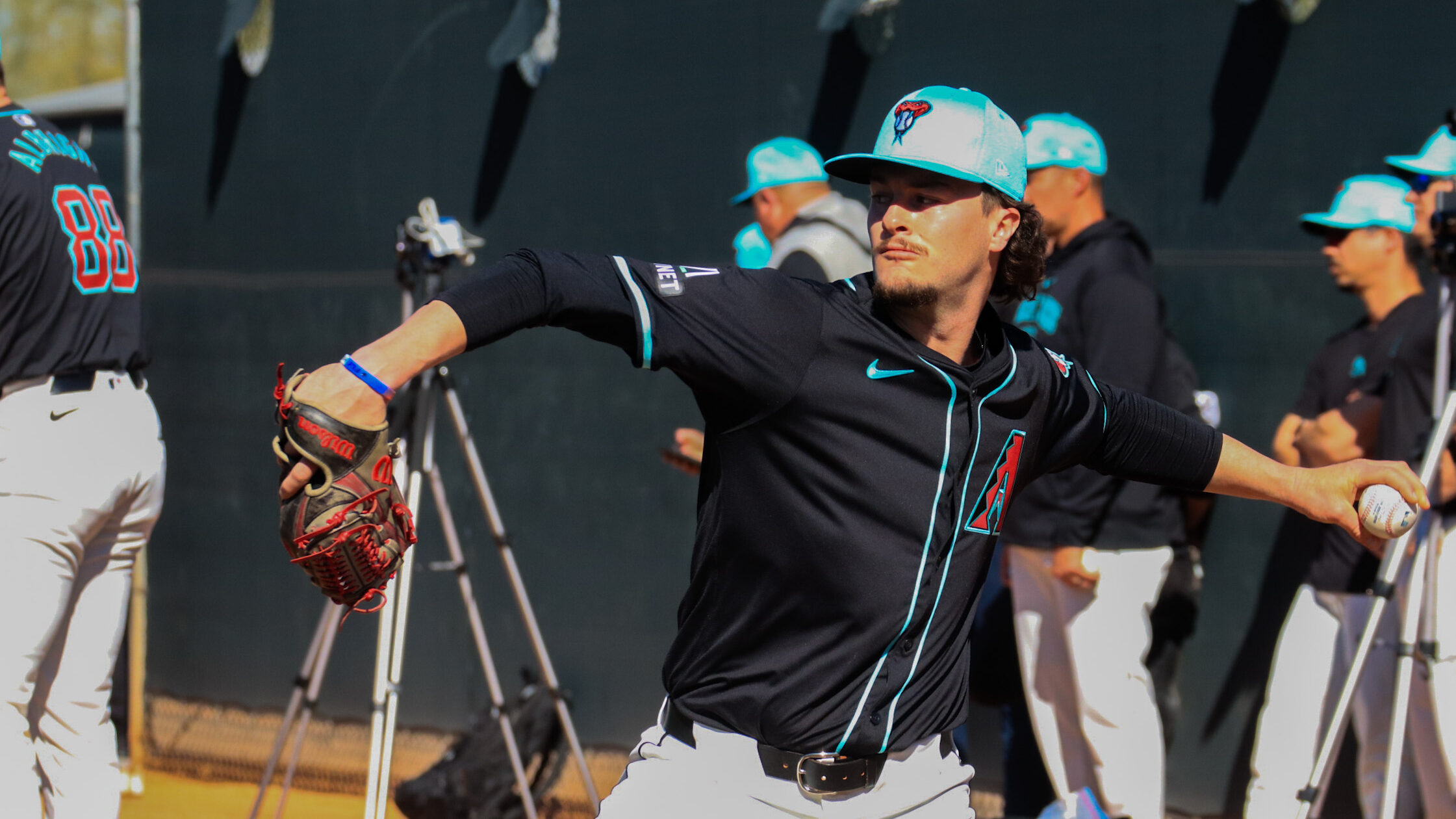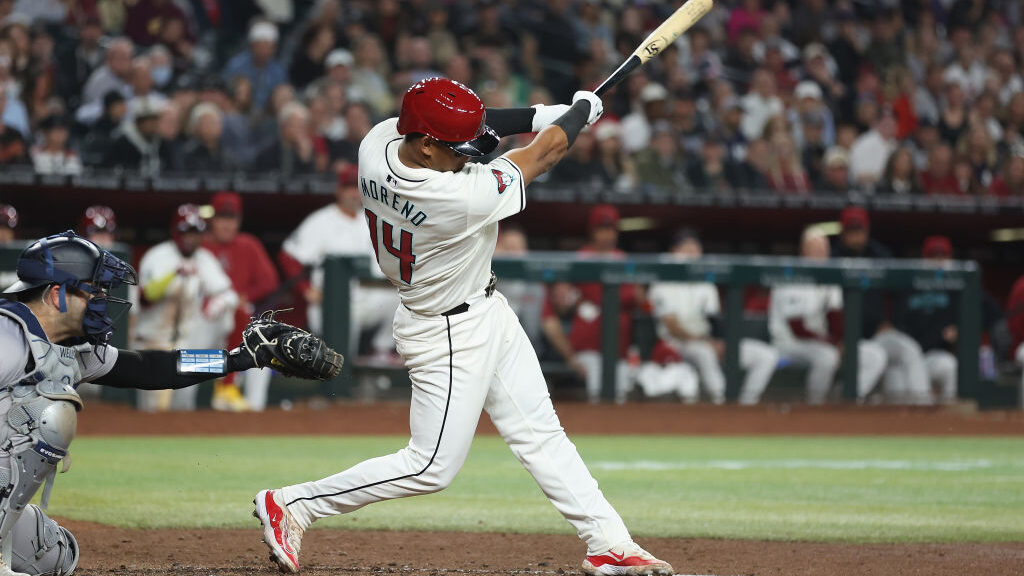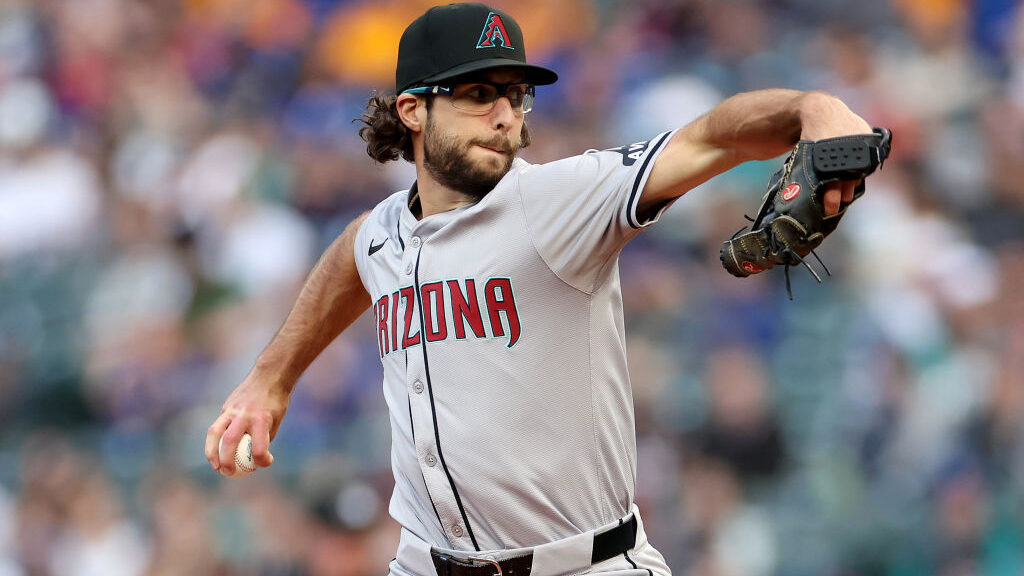Kyle Lewis acquisition creates intriguing possibilities for Arizona Diamondbacks
Nov 18, 2022, 5:11 PM | Updated: 5:11 pm
The Arizona Diamondbacks acquired outfielder Kyle Lewis from the Seattle Mariners in exchange for catcher Cooper Hummel Thursday.
As a result, an already deep outfielder core gets even deeper adding the 2020 American League Rookie of the Year. However, adding a right-handed bat in the outfield creates a lot of interesting possibilities for the D-backs, both in the offseason and in 2023.
But before we get into those, let’s get to know the new guy.
Who is Kyle Lewis?
The Mariners drafted Lewis with the 11th pick in the 2016 draft. Three years later, he burst onto the scene as a 23-year-old prospect.
In his first 76 MLB games, he slashed .264/.347/.477 with 17 home runs and 41 runs batted in. From his debut on Sept. 10, 2019, through the end of the shortened 2020 season, Lewis was top-25 in wins above replacement.
However, injuries marred the next two seasons, limiting him to just 54 MLB games.
His primary position in Seattle was center field, but 11 of his 15 starts were at designated hitter in 2022.
The D-backs bought low on Lewis, who has four years remaining of team control, gambling on him to be healthy. Because, when he is, he’s proven to be a more than capable MLB hitter.
Now, what sort of possibilities does the Lewis acquisition pose for the Diamondbacks?
Very creative platoon system
While Lewis is historically a reverse-splits hitter — better against same-handed pitchers — he’s also a more imposing threat against southpaws than fellow center fielder Alek Thomas.
Last season, Thomas slashed .198/.229/.242 with a wRC+ of 30 (100 is average). As for Lewis, he’s a 91 wRC+ hitter against lefties for his career and posted a 128 wRC+ against them in his Rookie of the Year campaign.
D-backs GM Mike Hazen said he doesn’t envision Lewis playing center field because of the team already possessing several options out there — and maybe he never does — but his ability to play the outfield could create a platoon in the outfield.
There’s also the DH position, which the D-backs used as a National League team did in interleague play years ago. Seven players had at least 45 plate appearances as a DH and Seth Beer, who played only 11 MLB games after the midway point of May, was second on the team.
Lewis offers, at the very least, a stable option for them if healthy. However, if manager Torey Lovullo wanted to put Lewis in the outfield against southpaws, that opens the door for a lefty killer to join the lineup.
Possible free agents to fill that role:
- 3B Evan Longoria – 136 wRC+ against lefties since 2019
- UTIL Chad Pinder – 124 wRC+ against lefties since 2021
- 1B/OF Wil Myers – 137 wRC+ against lefties since 2019
Trades
One talking point entering the offseason was the D-backs having an overcrowded outfield with everyone batting left-handed.
While Lewis is a righty, he joins a core of Thomas, Corbin Carroll, Daulton Varsho and Jake McCarthy in the outfield. Five guys, only four lineup slots — including DH — to put them.
For a team that has holes in other areas, could there be a trade in order?
For example, the Toronto Blue Jays recently cut ties with both of their left-handed hitting outfielders, Raimel Tapia and Bradley Zimmer. They also traded slugging right-handed hitting outfielder Teoscar Hernandez.
Mike Petriello of MLB.com believes the next Blue Jays outfield acquisition will move the oft-injured George Springer out of center field.
Brandon Kiley of ESPN St. Louis considered the idea of a high-OBP, low strikeout rate outfielder headed to Toronto in exchange for a catcher.
It makes sense for the D-backs (logjam in the outfield, not deep at catcher) to be a trade partner for the Blue Jays (logjam at catcher, not deep in the outfield).
More money to spend elsewhere
According to Spotrac, Lewis is projected to make roughly $800,000 in 2023. Considering he’s an everyday player when healthy, his presence creates one less role the D-backs need to fill with a free agent.
Perhaps this means there’s more money to invest in the bullpen, or find stability at other positions. Or maybe they can get the ball rolling on extension talks with Zac Gallen, who is a free agent after 2025.
The point is, the D-backs now have more options financially than they did before they had Lewis. Instead of having to spend upwards of $10 million on a DH or corner outfielder, they have one on short money and can use the excess to address other needs.

